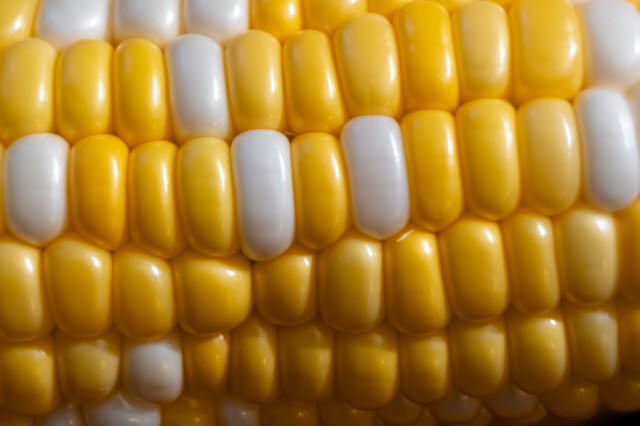Farm technology has helped boost corn and soybean production in the drier parts of the U.S. Farmers in Iowa, a state now in its 36th month of drought, have recorded harvest gains by using technology.
Jerry Seuntjens, who runs a 2200-acre farm in Kingsley, Iowa, has witnessed a significant rise in yields of soybean and corn crops.
Despite the dry conditions, corn yields per acre on his large farm have spiked by 8-12 bushels (203.2-304.8 kg) over traditional yields. The soybean yield has also hiked by at least 3 bushels (76 kg) an acre.
Jerry cites his land management software as the reason he can now single-handedly control his large corn/soybean plantation. The ins of precision agriculture include the ability to control a farm remotely.
In as early as 2010, agriculture scientists had already mapped the weather conditions necessary for soy and corn growth in the non-irrigated farms of Iowa. Wise use of moisture in the dry spring season and the presence of dry conditions at harvest time in summer improved corn yields.
Scientists also found that the application of nitrogen fertilizer was also positive on yields. Hot weather, on the other hand, was detrimental to soy and corn crops’ performance.
Technology has since tapped this weather data and tailored it for farmers in a way that they can control crop performance by yield monitors.
In October 2021, the U.S. Department of Agriculture (USDA) reported on how corn production reached new levels since technological take-off on farms. Between 2001 and 2016, yield monitor technology adoption had risen from 19% to 52% of cultivated corn acres.
Nationally, acres of corn with self-propelled equipment and those with yield maps rose to 31% and 39% in 2016, respectively.
There is a down side, though. There is a struggle to utilise a flood of data by farmers using farming apps. Users find the barrage of data on their farm management software as confusing.
Besides, the median age of farmers in the U.S. is 58, which makes them less tech-savvy than the younger generation.
There is also the question of privacy. Farmers think that their input to startups may affect price agreements with these startups. They also fear the monetization of their farms’ database by outsiders.
All the same, precision agriculture is here to stay if the Iowa results are anything to go by.
Falling prices of corn due to technology-related high yields despite the low acreage in 2023 will also likely compensate for any perceived tech disadvantages. A bushel of corn averaged $6.70 ($0.27 per kg) in the U.S. market year of June 2022-23. Between June 2023 and June 2024, corn price will fall to $5.70 ($0.23 per kg).
Soybean prices in Iowa and U.S. at large will also decline from the current $13 a bushel ($0.48 per kg) to a stable $10.30 ($0.38 per kg) from 2024 onward.
The wholesale market prices of U.S. corn and soybeans in August 2023 are $0.21 and $0.4 per kg respectively.
